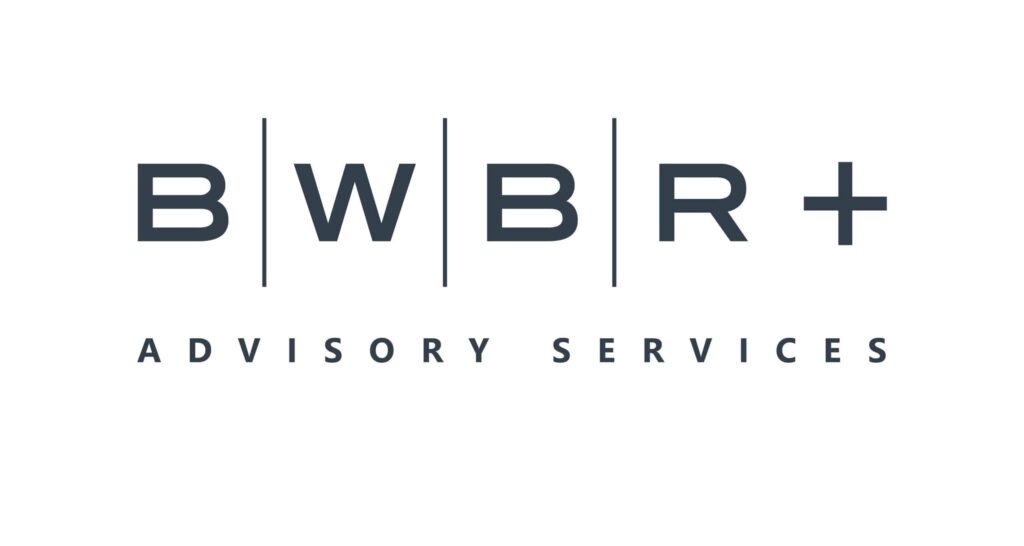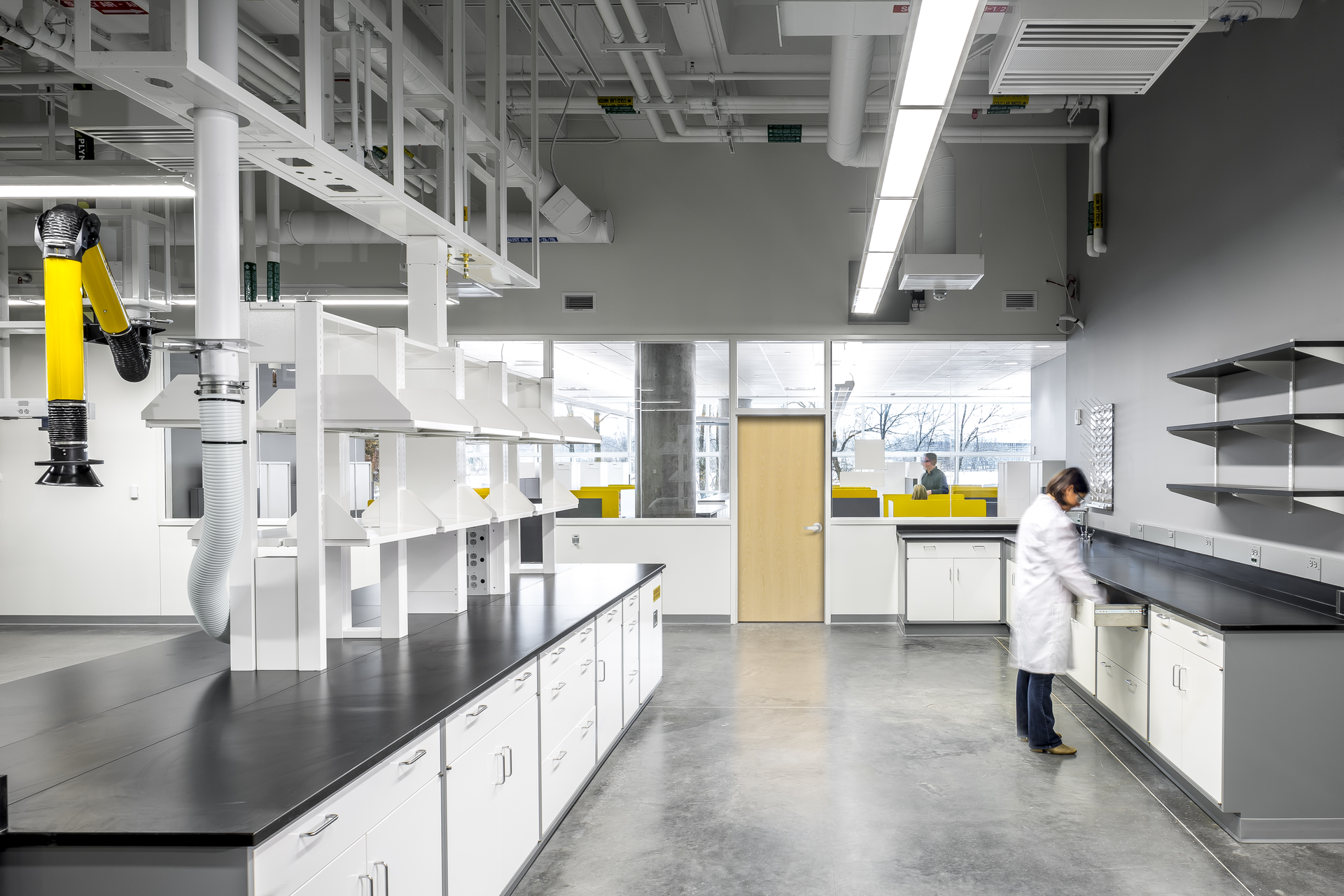For many clients, it’s normal to heavily involve their architect early in the project planning process, but far less common to tap into their talent to support and optimize the ongoing use and performance of their structure, or indeed their entire facility portfolio. And while there is not always a new project being planned, clients use the facilities we design constantly and BWBR recognized a need for additional support outside of the traditional RFP process.
Brandon King, AIA, MBA is a senior strategic facility advisor at BWBR, with two decades of strategic and tactical experience working with healthcare institutions, commercial real estate developers, and organizations charged with building new facilities. He explains, “BWBR+ is our response to this need — a collection of services focused on human performance and building performance, whether that means enhanced programming services, statistical analysis to help support a justification for a project, or even just deciding if an existing inventory of buildings requires a new project in the first place.”
Bridging the Gap
Essentially, the idea is to bridge the gap between architecture and traditional business consulting. As Brandon says, “It’s not just about the places that we design, it’s about the people and processes involved in those places.” The goal is to help clients optimize their usage of the space and understand their true needs. In health care, for example, this might mean reducing the steps that nurses take on a clinic floor. From a science and technology standpoint, it could mean improving the utilization of workspace metrics and taking a closer look at how a given workspace is actually used.
BWBR is uniquely positioned to understand these issues at an early stage and assist clients with diving deeper into the portfolio facilities they have. These are complicated decisions that require a lot of forethought, and it makes sense to bring our experience to the table not just before a project begins, but after it is completed.
Supporting Smoother Transitions
Brandon’s prior industry experience gives him particular insight into some of the challenges that can come with a new build: “One thing I found as a planning design construction manager at health care organizations is that these are really complicated facilities. And many times, the people that use them have never been involved with a new build. While they may have dozens of years of experience managing a particular discipline in health care, they’ve never opened a new unit and yet we hand the keys over and our clients are expected to know exactly where everything is. One of the services that that we’re really excited to offer is activation planning management, specific to that transition period after a project where the building is done, but the owners are just beginning to open up.”
There are a host of important tasks and processes to walk through to help owners ensure that they’re using the building the way it was intended and that they understand how the building works. BWBR+ can help them simulate and confirm workflows prior to the first patient walking in the door and assist them with safely, effectively, and efficiently opening their building.
“As architects and planners, we have quite a knowledge base that can be applied to our clients’ work, even when they don’t have a project. Whether that’s workspace analysis or understanding the condition of a facility and looking ahead at when it might need to be replaced, we can assist clients with diving deeper into the portfolio of facilities they already have.”
Brandon King, AIA, MBA
Addressing Pain Points
There are numerous services incorporated within BWBR+ including facility documentation, workspace strategy, change management, equipment planning, and facility forensics. These are all services that BWBR had provided for dozens of years that we’ve found can assist our clients in between projects as well as during the course of a traditional engagement.
For example, in a large health care organization there is often a history of acquiring smaller entities, and that means dozens of buildings of varying ages and conditions, but also incredibly diverse construction documents and records. BWBR helps by coming up with a consistent diagrammatic approach to facility plans that provides a basis for clients to understand what they have. Our staff then help keep those documents up to date and easy to understand for regulatory and governmental entities.
We can also help diagnose building deficiencies to determine the root cause and implement a solution in order to extend the life of a facility. Brandon explains, “When there’s a problem with a facility, most often it has to do with air or water infiltration of the building, which we call the building envelope. That can be incredibly tricky to diagnose and create significant environmental concerns, such as mold and mildew, as well as ruining equipment.” By looking at old facility construction documents, getting hands-on at the facility asking questions, and understanding how airflow works inside of facilities, BWBR is able to help clients prevent and expediently remedy issues to keep things running smoothly.
Stay Tuned — More to Come!
This approach to advisory support is an evolving process, and one that BWBR is just beginning. To dig more fully into some of these issues, check back soon for a second episode diving deeper into the exciting world of BWBR+ and all the ways it can help our clients get the most out of their built environments.








